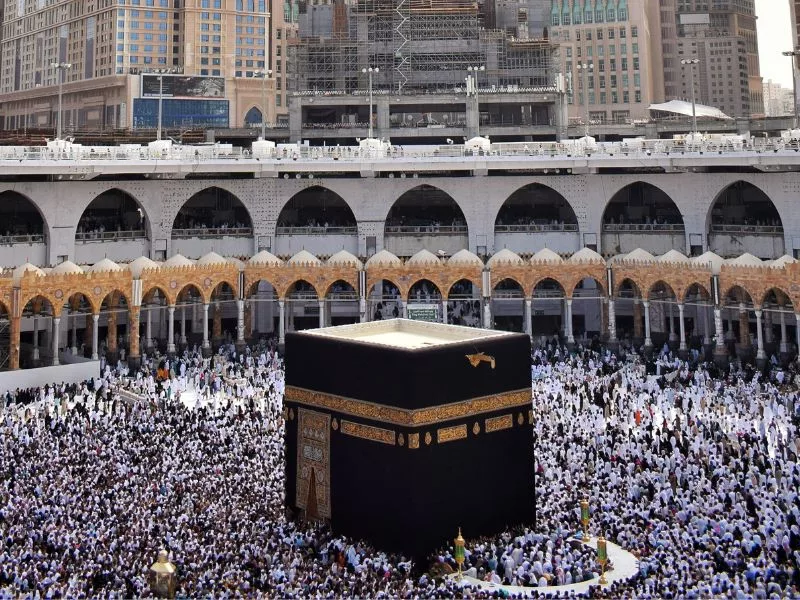Introduction
Embarking on the sacred journey of Nusuk Hajj is a profound and transformative experience for millions of Muslims around the world. Among the key elements of this pilgrimage is the ritual of Nusuk Hajj, a series of symbolic acts and devotions performed by pilgrims during their time in the holy city of Mecca. In this article, we will delve into the significance of Nusuk Hajj, its rituals, and its importance in the overall pilgrimage experience.
What is Nusuk Hajj?
Nusuk Hajj refers to the ritualistic acts of worship and sacrifice performed by pilgrims during the annual pilgrimage to Mecca, known as Hajj. These acts are an essential component of the Hajj journey and are conducted at specific locations and times as outlined in the Islamic tradition.
Rituals of Nusuk Hajj
1. Ihram
Nusuk Hajj begins with the pilgrims entering into a state of Ihram, a sacred state of consecration. This involves wearing simple, white clothing symbolizing equality and purity. The pilgrims then recite the intention for Hajj and begin their journey with a focused state of mind and heart.
2. Tawaf Al-Ifadah
Pilgrims perform Tawaf Al-Ifadah, also known as the Tawaf of Hajj, around the Kaaba in Mecca. This ritual symbolizes the unity of the Muslim ummah (community) and the circumambulation of the heart around the divine center.
3. Sa’i Between Safa and Marwah
Following Tawaf, pilgrims perform the Sa’i, walking seven times between the hills of Safa and Marwah. This act commemorates the journey of Hagar, the wife of Prophet Ibrahim, in search of water for her son Isma’il.
4. Wuquf at Arafat
One of the most crucial elements of Nusuk Hajj is the Wuquf (standing) at the plain of Arafat. Pilgrims gather here in prayer and supplication, seeking forgiveness and mercy from Allah. This symbolic act is considered the climax of the Hajj pilgrimage.
5. Ramy Al-Jamarat
Pilgrims stone the three pillars representing Satan in the ritual known as Ramy Al-Jamarat. This symbolizes the rejection of evil and the determination to resist temptation.
6. Animal Sacrifice (Qurbani)
As part of Nusuk Hajj, pilgrims engage in the sacrifice of an animal, such as a sheep or a cow, symbolizing Prophet Ibrahim’s willingness to sacrifice his son in obedience to Allah’s command. The meat is then distributed to the needy, emphasizing the spirit of charity and sharing.
Significance of Nusuk Hajj
1. Spiritual Purification
Nusuk Hajj serves as a means of spiritual purification, allowing pilgrims to cleanse their souls, seek forgiveness, and renew their commitment to a life of piety and virtue.
2. Unity and Equality
The rituals of Nusuk Hajj emphasize the unity of the Muslim ummah, as millions of pilgrims from diverse backgrounds and cultures come together in a spirit of equality, breaking down societal barriers.
3.Submission to the Divine Will
The various acts within Nusuk Hajj symbolize the submission and obedience of the pilgrim to the divine will of Allah, mirroring the devotion and obedience of Prophet Ibrahim and his family.
Conclusion
Nusuk Hajj is a sacred and integral component of the Hajj pilgrimage, embodying the principles of unity, equality, and submission to the divine. As pilgrims engage in these rituals, they partake in a journey of self-discovery, spiritual renewal, and a deepening connection with their faith. The significance of Nusuk Hajj lies not only in the performance of prescribed acts but in the profound transformation of the pilgrim’s heart and soul.










